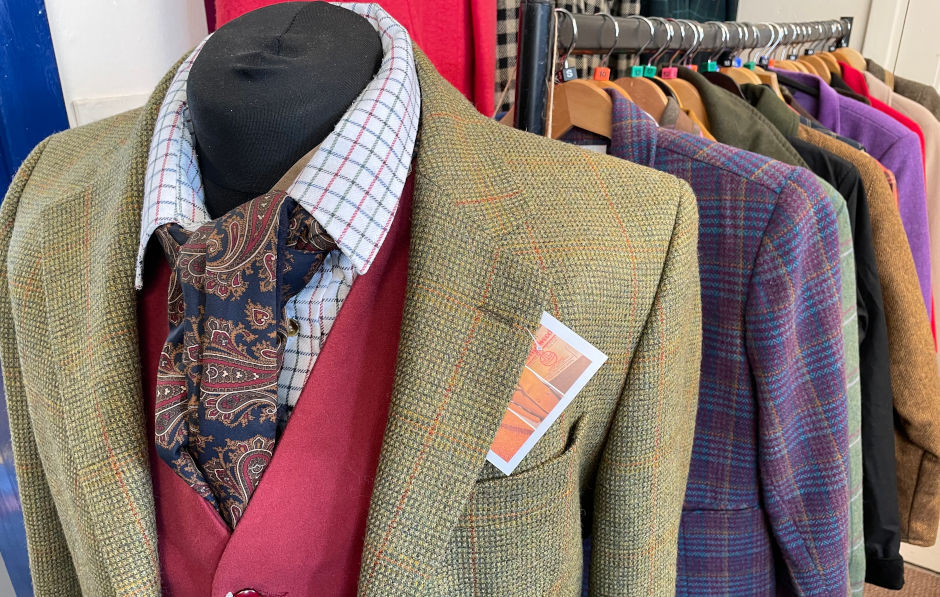
Hands up if you have ever bought a new pair of trousers or skirt that has remained in your wardrobe, unworn, until you finally decide to get rid of it? Or have you bought an outfit from a retail chain only to discover someone else in the office with the same thing? More and more of us are turning to pre-loved vintage clothing for its quality, its durability and its eco credentials.
How old is vintage clothing?
Strictly speaking, the term ‘vintage’ is used to describe anything between 20 and 100 years old (anything older than 100 years is ‘antique’). Purists may disagree, saying that nothing from the year 2000 can possibly be vintage, preferring instead to draw the line earlier! By the end of the 90s, many clothing manufacturers moved their operations overseas, fewer natural fabrics were used and larger quantities were produced at lower cost; for this reason many consider vintage clothing to date from the 80s and earlier.
Why does vintage clothing last?
By its very definition, vintage clothing is at least 20 years old so we know that it is durable and will not fall apart anytime soon. Early vintage clothing, particularly, is not likely to have been mass produced quickly (today, manufacturers create completely new lines every 4-6 weeks on average), and will be of a much higher quality than its ‘fast fashion’ cousins.
Why is vintage clothing sustainable?
The production of fast fashion creates 10% of our global carbon emissions, generating more greenhouse gases than all international flights and maritime shipping combined, and contributes in excess of 300,000 tonnes of waste to landfill sites every single year. Recycling and reusing vintage clothing not only reduces the number of resources used in the manufacture of new clothes but also diverts it from landfill.
Where can you buy vintage clothing?
Online - During the lockdown, many of us swapped to shopping online and there was an increase in the number of dedicated to buying and selling secondhand clothes. Of course, not all the clothes purport to be vintage and you will need to rely on photographs that may not include the finer details such as original labels that can help you authenticate age. Being unable to examine the clothes makes it difficult to find hidden wear and damage in places such as pocket linings and under lapels too, so it really is a case of caveat emptor.
Jumble sales/car boot sales – with far fewer traditional church hall jumble sales than 30 years ago, and with many car boots allowing access to traders and dealers ahead of the public, it is much harder to find a true vintage piece, particularly early vintage. However, there are still forgotten gems to be discovered here if you are willing to tackle the crowds and you know what to look out for.
Specialist dealers – antique centres like Hemswell are home to dealers who share your passion for vintage clothing. They will have an expertise they are happy share with you and the experience to source genuine pieces. In an area where counterfeit items are on the increase, it is reassuring that our dealers can often supply a back story to their items and of course, the clothes can be examined first hand.
Vintage clothing can be loved, enjoyed and reused time and again. Much will pass through several pairs of hands and still look as good as it did on the day it was produced. Our range of vintage clothing features pieces from the 1920s to the 1970s and also includes vintage accessories to complete your outfit.